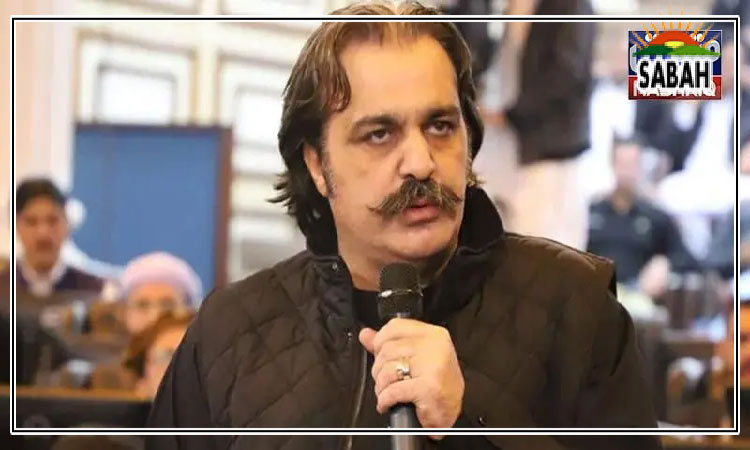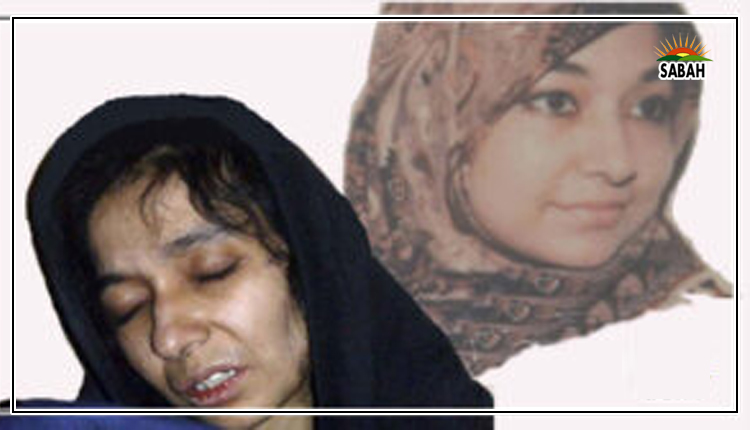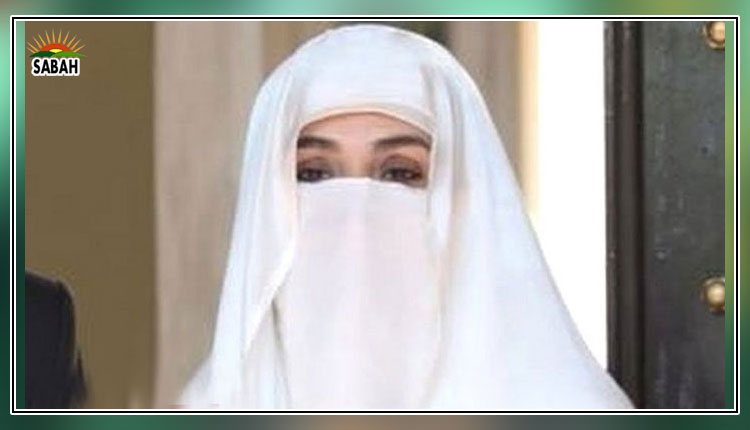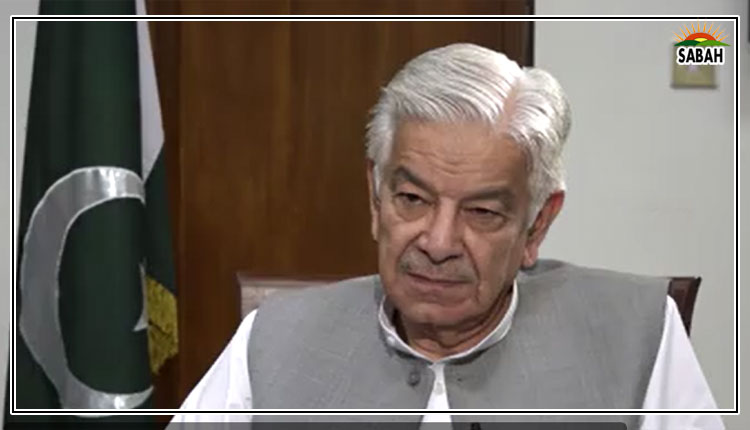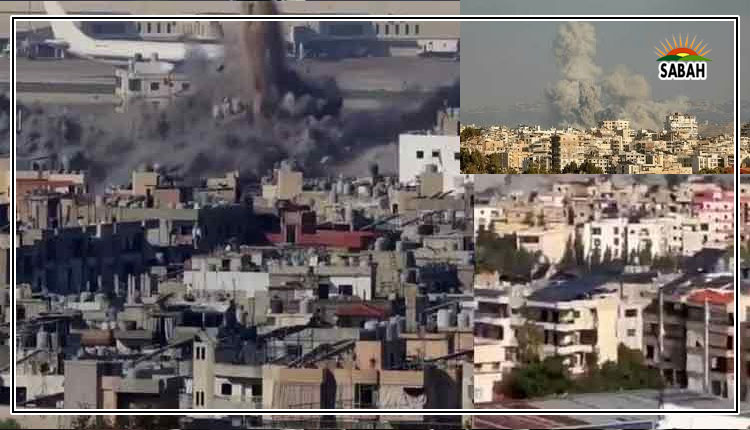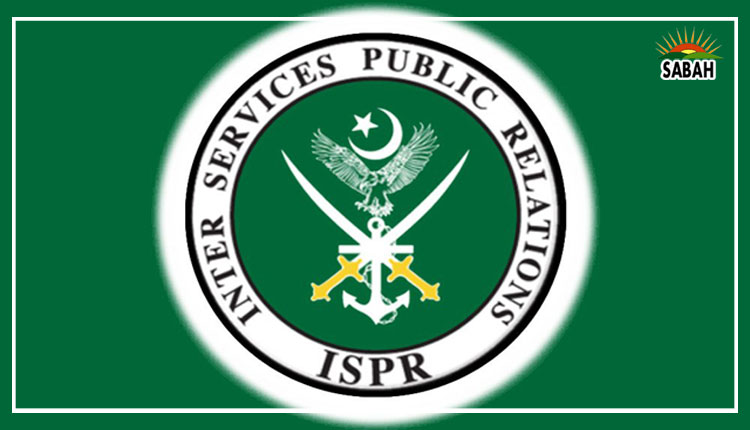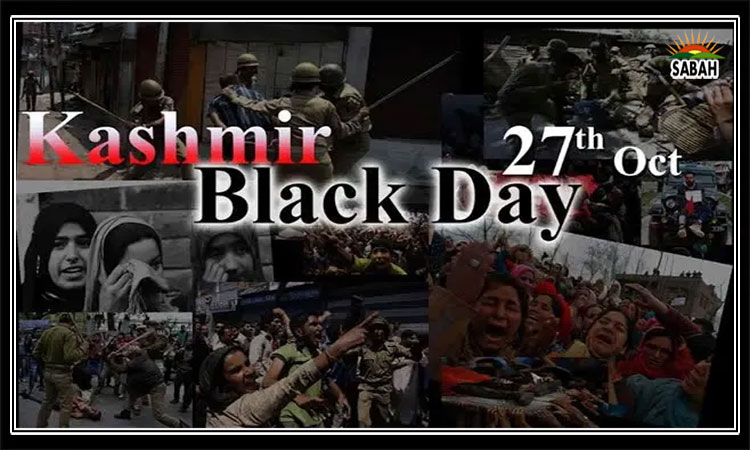The First Bloodshed in Gogo Village and the Indian Military Presence in Kashmir….Shaikh Yaqoob
The dark legacy of violence in Kashmir began on October 27, 1947, when the peaceful village of Gogo became the site of its first organized mass killing. Shortly after Indian forces entered Kashmir, they killed ten villagers—eight men and two women—and injured many others, forcing survivors to flee. This horrific event coincided with the arrival of Indian troops in Srinagar, following Maharaja Hari Singh’s purported accession request to India. Instead of safeguarding the local population, the Indian military viewed civilians as adversaries, conducting attacks aimed at subjugation, marking their presence as an occupation force from the very beginning.
As Dakotas transporting the Sikh regiment flew over Srinagar, it became clear that conflict was imminent. Gogo, a garrisoned village near Srinagar Airport, faced brutal violence during this critical historical transition; just two days earlier, Hari Singh had fled Srinagar, escaping Kashmiris’ liberation drive and seeking assistance from Delhi.
The aftermath of this bloodshed left Gogo devastated. Villagers returned to find their homes charred, with only three houses remaining intact. The Indian army had set fire to much of the village to destroy evidence and looted their belongings, including livestock. This massacre has largely been overlooked by contemporary historians, overshadowed by later events such as the killings of Sheikh Abdullah’s Peace Brigade members on November 5, 1947. However, Kashmiris have not forgotten this first organized atrocity.
Following the arrival of Indian forces, war erupted between India and Pakistan over Kashmir, leading to a UN-brokered ceasefire that came into effect in January 1949. In 1948, India raised the Kashmir issue in the UN Security Council, which, in Resolution 47, called for a referendum on the region’s status. The resolution urged Pakistan to withdraw its troops and India to minimize its military presence, effectively partitioning Kashmir.
The Security Council’s resolution from April 21, 1948, imposed strict conditions on the Indian military presence in Kashmir, emphasizing three principles:
1. Troops must not intimidate the local population.
2. The smallest number possible should be stationed in forward areas.
3. Any reserve troops must remain within their current base area.
Initially, India committed to maintaining an irreducible minimum of 21,000 soldiers. On December 8, 1952, during the 608th meeting of the UN Security Council, an Indian representative stated that a minimum force of 28,000 was necessary. However, in pursuit of a settlement, India agreed to reduce this number by 7,000, establishing 21,000 non-arms-bearing soldiers as the minimum.
The resolution also allowed for additional forces from either India or Pakistan if local forces were found inadequate, contingent on mutual agreement. Canada, during the 235th Security Council meeting, highlighted the need for an impartial authority to ensure security for the people of Jammu and Kashmir and facilitate a plebiscite, allowing them to express their wishes for future governance. Sadly, the people of Indian-occupied Jammu and Kashmir currently lack credible protection.
The Legacy of Violence in Gogo
Over the years, Gogo has endured further suffering, especially during the Indo-Pak wars of 1965 and 1971. Villagers faced army occupation of their lands and received inadequate compensation, even after lengthy legal battles. As the armed struggle began in Jammu and Kashmir in 1988, India dramatically increased its military presence, responding violently to the local population. Indian forces have been implicated in mass rape and murder, with perpetrators enjoying impunity under the controversial Armed Forces (Special Powers) Act (AFSPA), while victims await justice for decades.
In addition to the ongoing violence, India has transformed Kashmir into a heavily militarized zone, with nearly a million troops stationed under the draconian AFSPA law. Furthermore, on August 5, 2019, India unilaterally revoked Article 370, which guaranteed special status to Kashmir, and Article 35A, allowing non-Kashmiris to buy land in the region. This drastic move also divided Kashmir into two union territories under Indian administration.
Reports from the Office of the High Commissioner for Human Rights (OHCHR) in June 2018 and July 2019 indicated that the number of Indian soldiers in Jammu and Kashmir ranged from 500,000 to 700,000. This figure has reportedly surged to approximately 900,000 following the Indian government’s actions on August 5, 2019. Jammu and Kashmir remains one of the most militarized zones in the world.
Amidst this backdrop of militarization and political change, the phased elections held in September and October 2024 marked a significant moment for Kashmir. Five years after the Bharatiya Janata Party (BJP)’s assault on autonomy, the pro-autonomy National Conference formed a government with its coalition partner, Congress, after winning the elections. This vote enables Kashmir to establish its own truncated government and a regional legislature while remaining directly under New Delhi’s authority. However, the transfer of power from New Delhi to the assembly will be limited, as Kashmir will continue to be a “union territory” overseen by the Indian government, with India’s Parliament serving as its primary legislator. For the new government to acquire powers comparable to other states in India, Kashmir’s statehood must be restored. Nevertheless, it will not regain the special powers it had prior to the 2019 changes.
Today, Gogo and many other villages, towns, and cities across Kashmir are marked by military presence, reminiscent of notorious torture centers. While the intensity of violence by the occupying forces may seem to have lessened for a while, the legacy of the first bloodshed in Gogo and the ongoing suffering of its people would remain deeply etched in the collective memory of Kashmiris.And with the Hindutva spectre entering the scene the situation has turned much more ominous. The only fact of consolation should be the outcome of the recently concluded electoral charade as the rabidly communal BJP has been trounced and denied the opportunity it had been madly seeking to fulfil its Hindutva agenda in the state.So, would restoration of statehood put an end to Kashmir saga and be the harbinger of peace across the occupied territories and beyond ,the narrative passionately pedalled by the pro-India stooges,the answer is ‘no’. Restoration or no restoration , the issue is immaterial as it holds little importance for the natives, what is of primary importance to them is the restoration of their usurped birth right, the right to self-determination as its usurpation has made them into slaves, a fact that their DNA finds extremely abhorrent and irreconcilable being antithetical to their national honour and an afront to their collective conscience.it is this innate urge for freedom and honourable existence that has been inspiring them to rebel against this occupation and colonisation since the day, Indian forces put their footsteps on their motherland. The epic resistance and struggle for freedom from the Indian yoke is raging on irrespective of the odds and challenges and shall continue till the dawn of freedom. This spirit and flame of freedom can never be extinguished whatever amount of tyranny or depression India may unleash; half a million have so far been martyred, but the resolve to fight stays undefeatable for these martyred serve as the inexhaustible source of inspiration for the caged millions that yearn to be free like all peoples across the planet. What we need to do is to redouble our efforts , particularly at the diplomatic front to not only expose the communal designs and the egregious human rights abuse by the occupying power but also to agitate the issue at all important world fora seeking UN intervention for forcing India to end its occupation and honour the relevant Security Council and UNCIP resolutions to secure permanent peace in the region. Till then the dark chapter of bloodshed enacted in Gogo on October 27 largely forgotten by history would continue to resonate in the hearts and minds of the Kashmiri people, and keep reminding the world of the colonised Kashmiris’ enduring struggle for identity, justice, peace and freedom.
Shaikh Yaqoob member of All Parties Hurriyat Conference.


